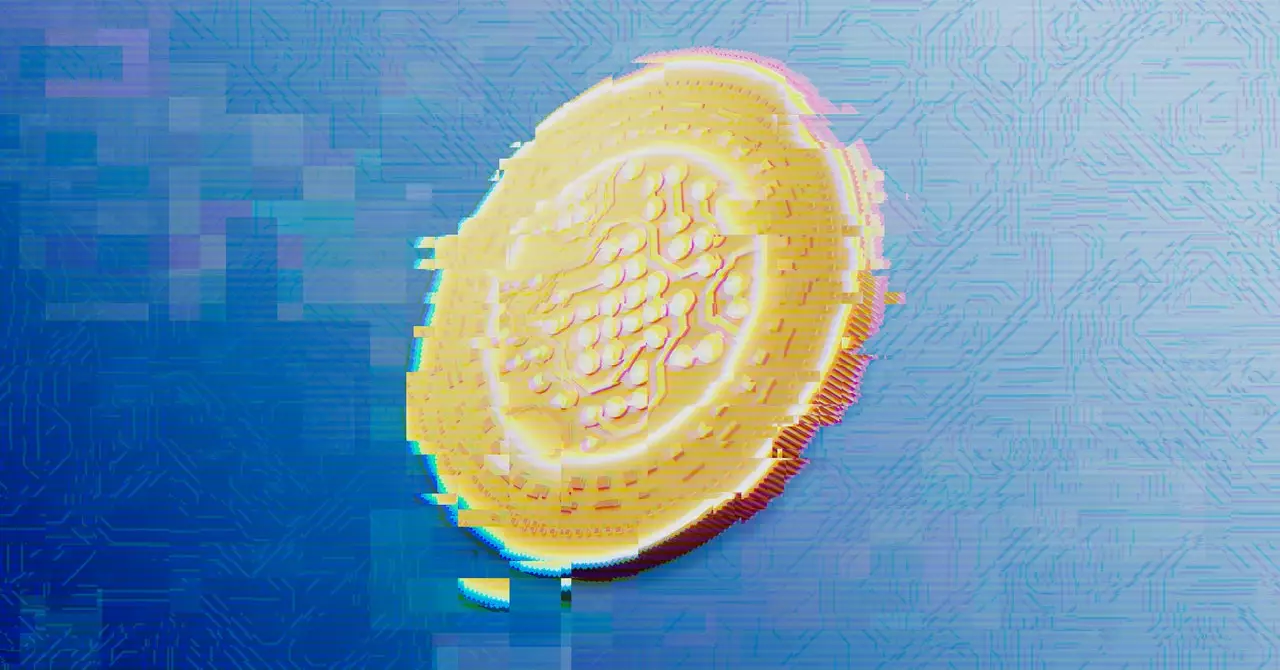Technology occupies an ambiguous position in our lives, acting as both a source of affection and concern. On one end of the spectrum, it facilitates heartwarming acts of ingenuity, reflecting the lighter aspects of human creativity. At the other end, it raises dire questions about security, privacy, and ethical responsibility. This article explores the duality of technological advancements, illustrated through various recent events, ranging from a simple hack for a grandmother to alarming misuse of AI and surveillance technologies.
The Heartwarming Hack for Grandma
In a delightful yet unconventional tale, a group of Indian technologists has ingeniously tackled Apple’s location restrictions on AirPod Pro 2, primarily to activate the hearing aid feature for their grandmothers. This innovative hack involved a custom-built Faraday cage and a microwave, showcasing how a blend of creativity, perseverance, and tech-savviness can solve personal obstacles in a touching way.
This act exemplifies the role technology plays in strengthening intergenerational bonds and improving accessibility for the elderly. It not only reveals the ingenuity of the youth but also underscores the commitment toward familial responsibilities, capturing the essence of how technology can be a force for good when applied with compassion and care.
In stark contrast to this benevolence lies the development of military technologies, reflecting a darker turn in the narrative of technological innovation. The U.S. military is currently advancing AI-enabled weapons, such as the Bullfrog machine gun, designed to autonomously target drone swarms. This represents an escalation in the arms race, leveraging artificial intelligence to enhance combat effectiveness against increasingly prevalent aerial threats.
Such innovations provoke critical discussions about the moral implications surrounding the militarization of technology. With escalating global tensions and the potential for autonomous weapons to act without human intervention, the debate on ethical boundaries in technological advancements has never been more pertinent. The military use of AI not only heightens the risk of unintended consequences on the battlefield but also raises fundamental questions about accountability and moral responsibility.
As concerns about safety and security mount, so does the scope of government surveillance, particularly in the U.S. Following the volatile political landscape marked by statements from influential figures like the recently elected president, individuals are advised to be more vigilant regarding their digital privacy. In light of this, WIRED has provided essential guidelines to help citizens protect their online presence from intrusive surveillance tactics.
Indeed, the continuum of surveillance has expanded, especially following significant political events that have led to increased monitoring of citizens. The investment by agencies such as U.S. Immigration and Customs Enforcement in advanced surveillance technologies serves as a troubling reminder of the erosion of privacy rights. As governance becomes intertwined with technology, the populace must navigate the murky waters of security versus encroachment on civil liberties.
The Dangers of Cybercrime: A Cryptocurrency Heist
The dark side of technology is further highlighted through the saga of Ilya Lichtenstein and Heather Morgan, who were arrested for their involvement in a high-profile cryptocurrency heist that siphoned a staggering $71 million from Bitfinex in 2016. The breakthrough in this case underscores the often-overlooked vulnerabilities inherent in technological systems, particularly in the booming sector of cryptocurrencies.
Following extensive investigations and sophisticated tracing methodologies, law enforcement was able to recover over $10 billion in assets related to the crime. Despite the couple achieving infamy, their operational security missteps ultimately led to their downfall, emphasizing the importance of cybersecurity protocols even among high-stakes criminal enterprises. This case not only sheds light on the world of crypto but also serves as a cautionary tale about the vulnerabilities that exist in both legitimate and illicit online activities.
While scammers are innovating their methods by adopting AI for nefarious activities such as creating deepfakes, organizations are leveraging the same technologies to counteract these threats. For instance, Virgin Media and O2 have developed an “AI granny” that engages scam callers, effectively wasting their time and disrupting their operations. This strategy not only showcases the potential of technology to combat wrongdoing but also highlights creativity in addressing modern issues of cybersecurity.
Moreover, the growing reliance on AI in both criminal and protective contexts paints a multifaceted picture of the ongoing battle between good and evil in cyberspace. As innovation continues to flourish, the way we develop and apply technology must be considered carefully, as it is both a double-edged sword and a platform for meaningful change.
Technology offers an array of possibilities, often reflecting the best and worst of human intentions. From heartwarming innovations to troubling developments in surveillance and cybercrime, these stories remind us of the dual nature of human ingenuity. As the narrative of technology continues to unfold, society must navigate its challenges and use its capabilities to foster relationships, ensure security, and uphold ethics in a rapidly evolving landscape. The choices we make today will shape the legacy of technology for future generations, underscoring the importance of wielding this powerful force responsibly.


Leave a Reply